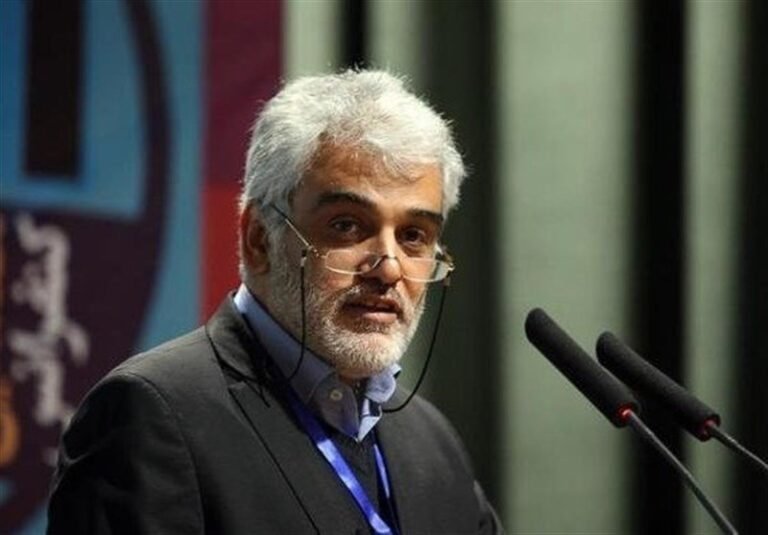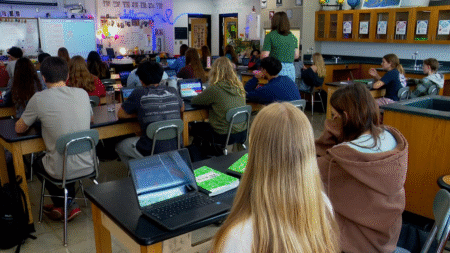Mohammad Mehdi Tehranchi, a respected Iranian physicist and senior academic figure, was among those killed during the recent war between Iran and Israel. He was honored at a major state funeral held in Tehran for 60 individuals, including military leaders, children, and nuclear scientists. His death highlights his importance in Iran’s nuclear and scientific community, and the broader regional tensions linked to nuclear development.
Tehranchi was widely recognized as a leading nuclear scientist and educational figure in Iran. He served as the President of the Islamic Azad University (IAU) in Tehran, one of the country’s largest and most influential private university networks. He played a key role in managing and developing the academic strategy of the university’s Tehran region and held high-level responsibilities within the central structure of the IAU system.
Before his leadership at Islamic Azad University, Tehranchi was the President of Shahid Beheshti University, a top-tier public research university based in Tehran. His background in theoretical and nuclear physics, combined with his leadership in education, made him a prominent voice in Iranian academic and scientific circles.
As a member of the Supreme Council of the Cultural Revolution, Tehranchi was also involved in shaping Iran’s national educational and cultural policies. This council plays a powerful role in directing the country’s academic and ideological priorities. His presence on the council showed the level of trust and influence he held among Iran’s top political and scientific leadership.
Tehranchi earned his doctorate in physics, likely with a focus on nuclear science. He was known for promoting domestic scientific development and for defending Iran’s right to develop peaceful nuclear technology. He often spoke against the sanctions imposed by Western powers, saying they unfairly targeted Iran’s scientific institutions and harmed the country’s academic growth.
During the 12-day war that began on June 13, Tehranchi was killed in an Israeli airstrike that also claimed the life of his wife. His name was among the most prominent in the list of victims buried during the large funeral procession that started at Enghelab Square and ended at Azadi Square, spanning nearly 11 kilometers. Officials in Iran described the day as historic due to the significance of the individuals honored.
The death of Tehranchi is seen as a serious loss to Iran’s nuclear and academic infrastructure. He was not only a scientist but also an educational leader who influenced thousands of students and faculty across Iran’s academic institutions. His leadership in both Islamic Azad University and Shahid Beheshti University placed him at the center of Iran’s efforts to build a strong scientific community despite international pressure.
The recent conflict between Iran and Israel has brought new attention to the individuals who play critical roles in Iran’s nuclear program. While Iran claims its nuclear development is for peaceful energy purposes, many Western countries fear that it may be moving toward building nuclear weapons. The death of key scientists like Tehranchi during military strikes shows how central these figures are to the conflict’s deeper issues.
Iran’s Supreme Leader, Ali Khamenei, dismissed recent U.S. and Israeli airstrikes on Iranian nuclear facilities as having little impact. However, the loss of experienced scientists like Tehranchi suggests otherwise. His passing may affect Iran’s nuclear capabilities and academic progress in the short term, while also raising concerns about future escalation in the region.
Tehranchi’s legacy continues to be recognized within Iran’s academic and political spheres. He is remembered as a symbol of Iran’s commitment to scientific advancement, especially in the face of international opposition. His work in higher education and nuclear research remains a key part of the country’s ongoing efforts to assert its role in regional and global science.







